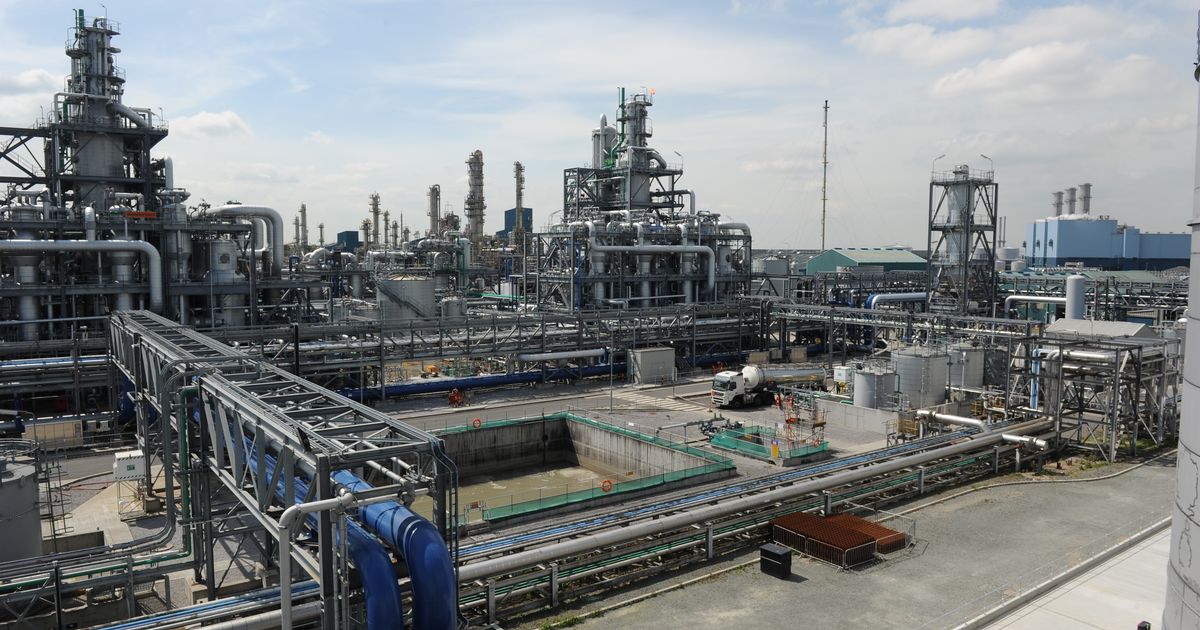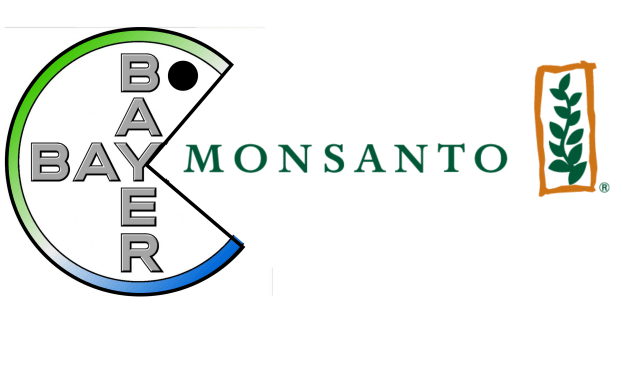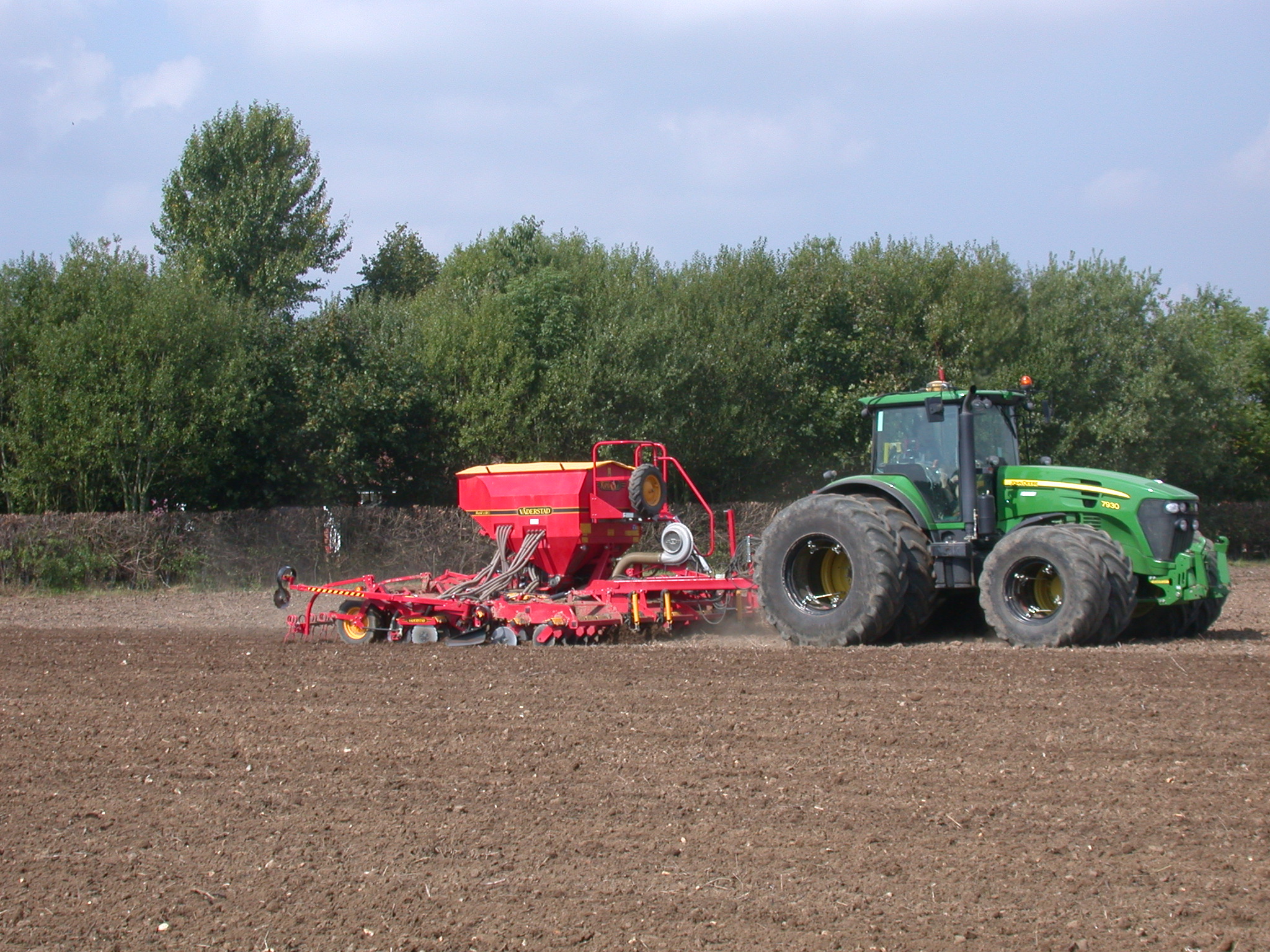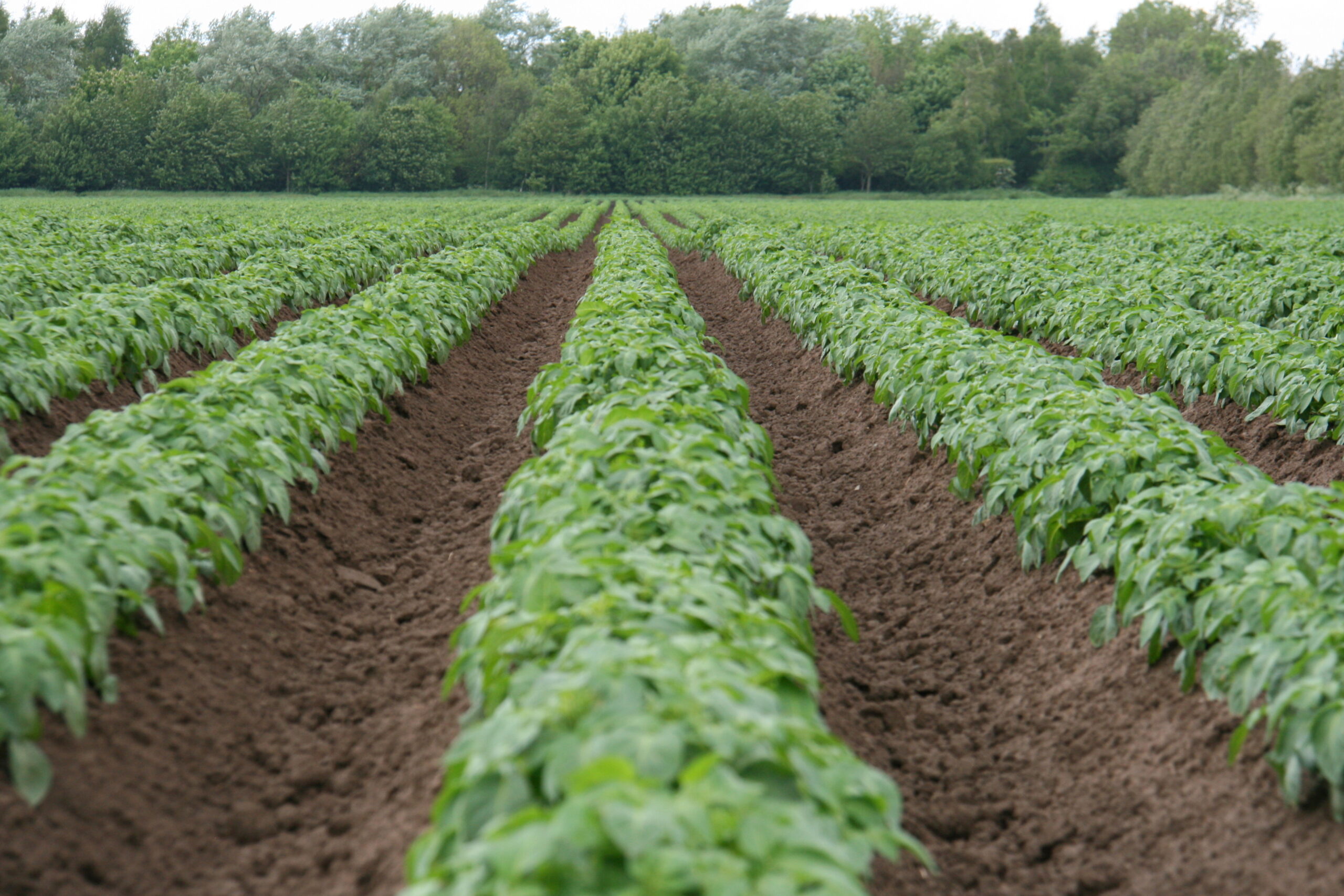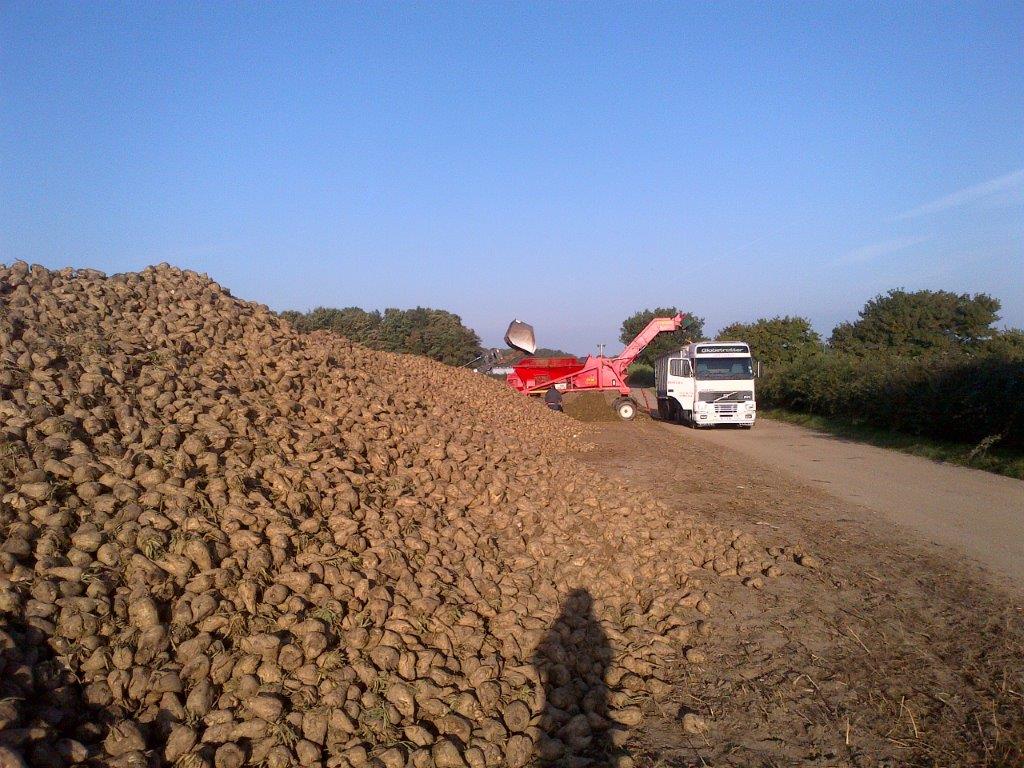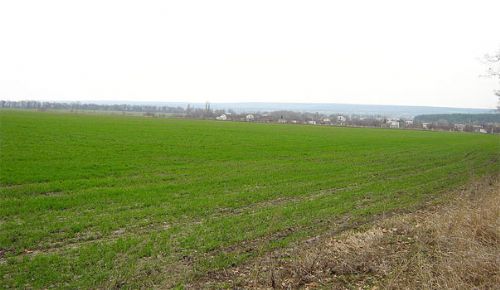Global Cereals
It is very early to spot anything serious in terms of new crop price movements: So much market ‘noise’ is centred around forecasts of weather changes or even current weather. So currently, there are bulletins of dry conditions in the US, in Australia and South America (e.g. Argentina and Uruguay) and, if these trends continue, there could be problems. It is this risk that global market traders, mostly speculators are building into their trading positions. It also makes markets very volatile as forecasts change quickly. Also, most of these trades are paper trades of futures contracts, not physical sales to millers or feed compounders which means they can be easily cancelled out. The thing about risk, is that, by definition, it might not happen.
The USDA (US Department of Agriculture) published its first thoughts (forecasts) in May for the forthcoming cropping season (2018 harvest for the Northern Hemisphere and 2019 for the Southern). The headline figures are reproduced in the table below. It demonstrates that for all-grains, whilst production is seen rising on 2017/18, consumption shows a larger increase, leaving a reduction of overall grain stocks for the second year (but still the fourth highest ever).
| Global all-Grains Supply & Demand at 10 May 2018 (Mt) |
| |
Production
|
Total use |
Cl. stocks*
|
| 2016/17 |
2,606
|
2,577 |
654
|
| 2017/18 estimate |
2,563
|
2,580 |
637
|
| 2018/19 forecast |
2,578
|
2,621 |
594
|
| Global Wheat Supply & Demand |
| 2016/17 |
750
|
739 |
256
|
| 2017/18 estimate |
758
|
744 |
270
|
| 2018/19 forecast |
748
|
754 |
264
|
| Global Coarse Grains Supply & Demand |
| 2016/17 |
1,369
|
1,356 |
261
|
| 2017/18 estimate |
1,317
|
1,355 |
223
|
| 2018/19 forecast |
1,341
|
1,378 |
185
|
| *closing stocks Source: USDA |
|
Taking wheat alone, then we also see a reduction in stocks. This would be the first year that global wheat stock levels have declined since 2012/13 so whilst it is a small change, might be significant for that reason. Clearly it is early days yet, particularly in reflection to the points about weather above. For coarse grains (feed grains, mostly combined maize), stocks will not have been so low since 2012/13. Curiously, at this time in 2012, the feed wheat futures price was around £170 per tonne and then went on to comfortably pass £200 per tonne. Clearly, there are other factors at play at the moment, but it’s worth watching: A predicted stock decline of 76 million tonnes, equivalent to a 29% decline in two years, in physical terms represents a decline as a proportion of use of almost a third.
UK and Europe
Throughout Europe, crops are apparently growing well. Areas such as the Black Sea region that have experienced dry weather have ample soil moisture (like most UK farms). As per the UK, the warm weather since mid-May has accelerated growth and both spring and winter crops are in a good state. Some feel the tillers on spring crops might be fewer this year than usual because of accelerated growth rates. In the end, it is felt that despite such wet conditions the UK spring drilling, whilst late, largely got done, and few hectares will remain unintentionally fallow. The market price for spring malting barley is factoring in a lower than usual yield with a higher price despite the crop looking remarkably good. Old crop markets are now all-but closed.
UK Wheat prices are high compared with other parts of Europe, which is now pulling-in imports from elsewhere. This suggests UK prices are unlikely to rise short of currency fluctuations or if European values also lift. The regional imports are being fuelled further by local logistical issues with fewer lorries to move grain this season, partly because of demand from other bulk sectors such as aggregate. Regional price spreads are larger than usual.
Oilseeds
Oilseed markets are mixed, with reports of smaller crops in local markets (e.g. Germany), and further afield (Argentina and Uruguay). Yet at the same time the USDA expects Brazil to find 73mt to export this coming year; partly from continued expansion of area helping support a record bean crop and also as its currency, the Real, has been very weak, supporting exports. Crude oil at $80 per barrel is at a 3½-year high which will support vegetable oil prices. In the long term, it is notable that China has been encouraging more soybean production because of its trade dispute with the US. It is important as the US and Brazil are expected to supply 100 million tonnes of soybean to China this coming year. China expects its (meagre) soybean area to be up by 8.5% this year.
